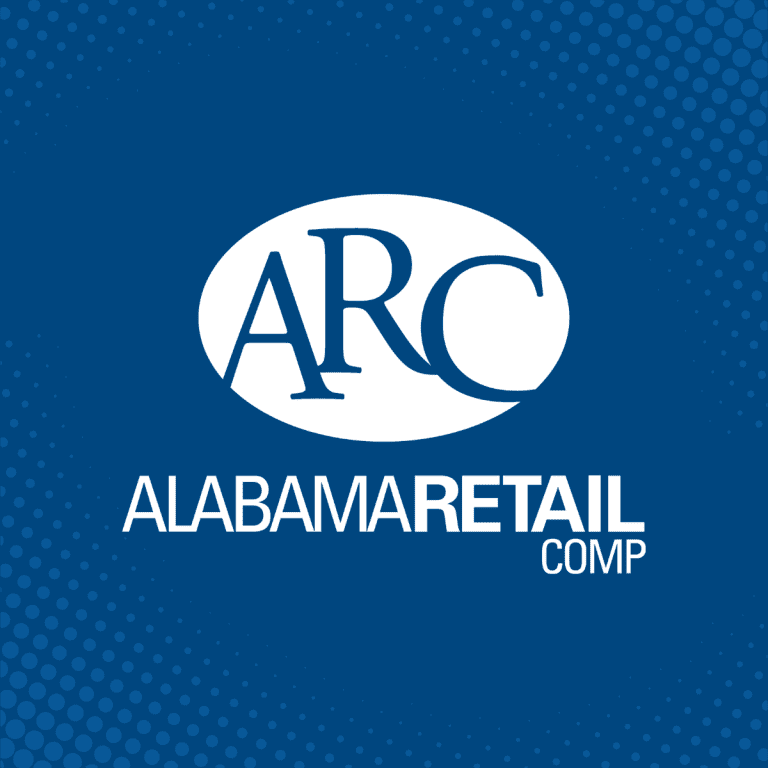


Your Audit Questions Answered
Have questions about the annual payroll audit? We’re here to help.
Find answers to your commonly asked questions.
-
How is the annual payroll audit conducted?
Each January, ARC sends Audit Request Forms to employers requesting the company’s year-end tax documentation.
For full-term coverage periods, 365 days or greater, the company’s W3, W2s, and 1099s are required to complete the audit.
For short-term coverage periods, less than 365 days, quarterly tax reports, SUIs and 941s, are required to complete the audit.
Year-end payroll information must be returned to ARC within 90 days of the request to avoid an interruption in coverage.
-
Why Does ARC need my W3 and W2s?
Tax documentation, including W3s, W2s, SUIs, and 941s, is required for the premium audit to provide the most accurate figure of your company’s annual payroll exposures.
The year-end payroll tax documentation also provides employee Social Security Numbers that ARC must have to verify employment should a claim arise.
-
What counts as payroll?
Premium calculations include the following as payroll for remuneration:
- Wages or salaries, including retroactive wages or salaries.
- Commission and draws against commissions.
- Bonuses including stock bonus plans.
- Extra pay for overtime work (see the overtime section for exceptions)
- Pay for holidays, vacations, or periods of sickness.
- Payment by an employer of amounts otherwise required by law to be paid by employees to statutory insurance or pension plans.
- Payment to employees on any basis other than time worked, such as piecework, profit sharing, or incentive plans.
- Payment or allowance for hand tools or power tools used by hand provided by employees either directly or through a third party and used in their work or operations for the employer.
- The rental value of an apartment or housing provided for an employee based on comparable accommodations.
- The value of lodging, other than an apartment or a house, received by employees as part of their pay, to the extent shown in the employer’s records.
- The value of meals received by employees as part of their pay to the extent shown in the employer’s records.
- Substitutes for money, such as the value of store certificates, merchandise, or credits received by employees as part of their pay (refer to the exclusions section below for certain fringe benefits not considered to be remuneration).
- Payments for salary reduction, retirement, or cafeteria plans which are made through deductions from employee’s gross pay.
- Davis Bacon wages paid to employees or placed by an employer into third-party pension trusts.
- Annuity plans.
- Expense reimbursements to employees to the extent that an employer’s records do not substantiate that the expense was incurred as a valid business expense.
- Payment for filming of a commercial excluding subsequent residuals which are earned by the commercial’s participant(s) each time the commercial appears in print or is broadcast.
The following items are specifically excluded as remuneration from the total payroll:
- Reported tips and other gratuities received by employees.
- Payment by an employer to group insurance or group pension plans for employees.
- The value of special rewards for individual inventions or discoveries.
- Dismissal or severance payments except for time worked or for accrued vacation.
- Payments for active military duty.
- Employee discounts on goods purchased from the employee’s employer.
- Expense reimbursements to employees to the extent that an employer’s records substantiate that the expense was incurred as a valid business expense.
- Supper money for late work.
- Work uniform allowance.
- Sick pay paid to an employee by a third party, such as an employer’s group insurance carrier, that is paying disability income benefits to a disabled employee.
- Employer contributions to salary reduction, employee savings plans, retirement, or cafeteria plans – contributions made by the employer, at the employer’s expense, that are determined by the amount contributed by the employee.
- Employer provided perquisites “perks” such as:
- An automobile
- An airplane flight
- An incentive vacation (Ex: Contest winner)
- A discount on property or services
- Club memberships
- Tickets for entertainment events
-
How is overtime calculated?
Overtime = Straight-time pay + Extra pay
Overtime means those hours worked for which there is an increase in the rate of pay:
- For work in any day or any week in excess of the number of hours normally worked; or
- For hours worked in excess of 8 hours in a day or 40 hours in any week; or
- For work on Saturdays, Sundays, or Holidays.
In the case of guaranteed wage agreements, such as salaried employees, overtime means only those hours worked more than the number specified in such agreements.
Forms of incentive pay, commonly referred to as “shift differential” or “premium pay” associated with working other than normal day shift hours during the standard work week are not to be considered overtime.
Extra pay, which is the amount over and above the regular straight-time pay, for overtime shall be excluded as payroll in the premium calculation, as long as payroll records are kept to show overtime pay separately by employee.
- If overtime pay is time-and-a-half, 1/3 of the total overtime pay (extra pay) shall be excluded so that only straight-time pay is included in the premium calculation.
- If overtime pay is double-time, ½ of the total overtime pay (extra pay) shall be excluded so that only straight-time pay is included in the premium calculation.
- If the records show the extra pay earned for payroll separately from the straight-time pay, then the total extra pay shall be excluded.
Maintaining adequate records of overtime will ensure that you only pay premiums on straight-time payroll. Without adequate payroll records, the extra pay cannot be excluded from the total payroll, and you will pay premium for the entire payroll amount.
-
Are 1099 Recipients and Contract Labor included in the payroll?
Under the Alabama Workers’ Compensation Act, coverage must be provided to employees and to the employees of any uninsured subcontractor you hire.
Our auditors will determine if an individual meets the criteria to be considered an excluded independent contractor. A common misconception is that if a person is paid by 1099, with no taxes withheld, that he or she is considered an independent contractor.
Subcontractor labor can be excluded from your payroll audit by providing a valid Certificate of Insurance showing workers’ compensation coverage for the subcontractor and a description of the work they performed. If your subcontractors have their own workers’ compensation insurance, provide ARC with an original valid Certificate of Insurance for each subcontractor and our auditors will exclude the payments made to those individuals. Please ensure that the Certificates of Insurance cover the entire coverage period being audited.
-
What if I don’t agree with my audit?
You have 30 days from the date of the audit to dispute the results.
If you don’t agree with your audit results, your first step should be to call your agent. He or she can help you determine if there is a discrepancy. Your agent can then contact ARC’s Audit Department to discuss the discrepancy or you can email our Audit Department at audit@alabamaretail.org.
-
How can I prepare for the annual payroll audit?
We will send you a request each year for your audit payroll information with details of the information needed. However, there are a few steps you can take in advance to prepare for the payroll audit.
The following are some commonly requested items that we need to complete your annual payroll audit:
- Payroll Verification Records:
- W3 or W2 Summary
- All W2s issued by the company, including those issued to excluded officers
- All 1099s issued by the company
- Quarterly payroll tax reports, preferably SUIs or 941s
- Employment earning records and/or payroll journals
- Certificates of Insurance of Workers’ Compensation for all sub-contractors. Note: If these are not provided, subcontractors will be treated as employees.
- Overtime records
- Job Descriptions for all employees who received W2s and individuals who received 1099s.
- Payroll Verification Records:
-
How long does the audit process take?
Audits are generally completed in the order they are received. Most audits are completed within 90 days of receipt of the audit information. Promptly providing the requested audit documentation may expedite the process.
-
What is the penalty for noncompliance with the annual payroll audit?
As part of the participation agreement with Alabama Retail Comp, you agree to participate in an annual payroll audit. Failure to cooperate in the annual payroll audit may result in cancellation of your workers’ compensation coverage.






